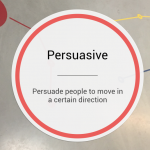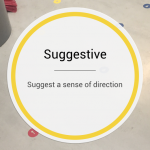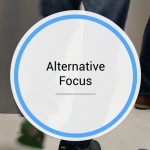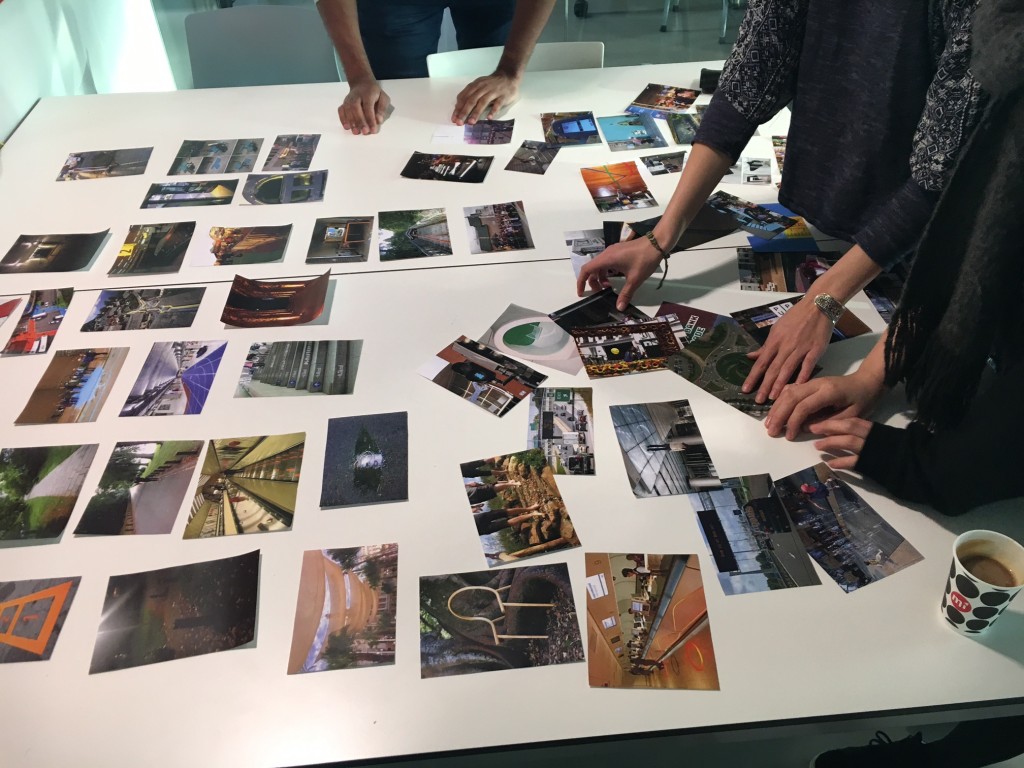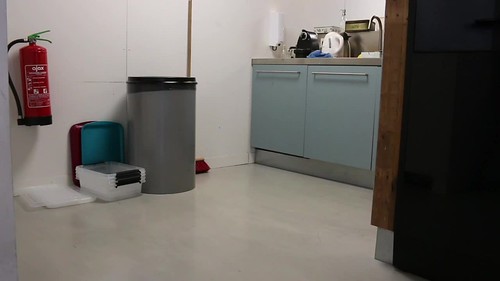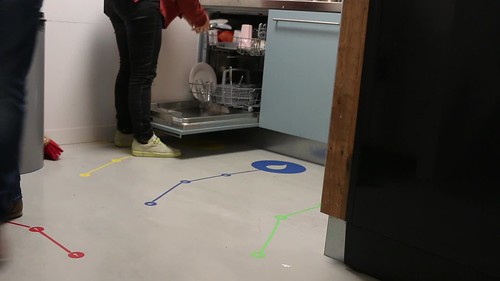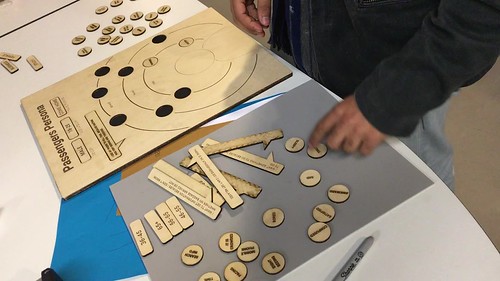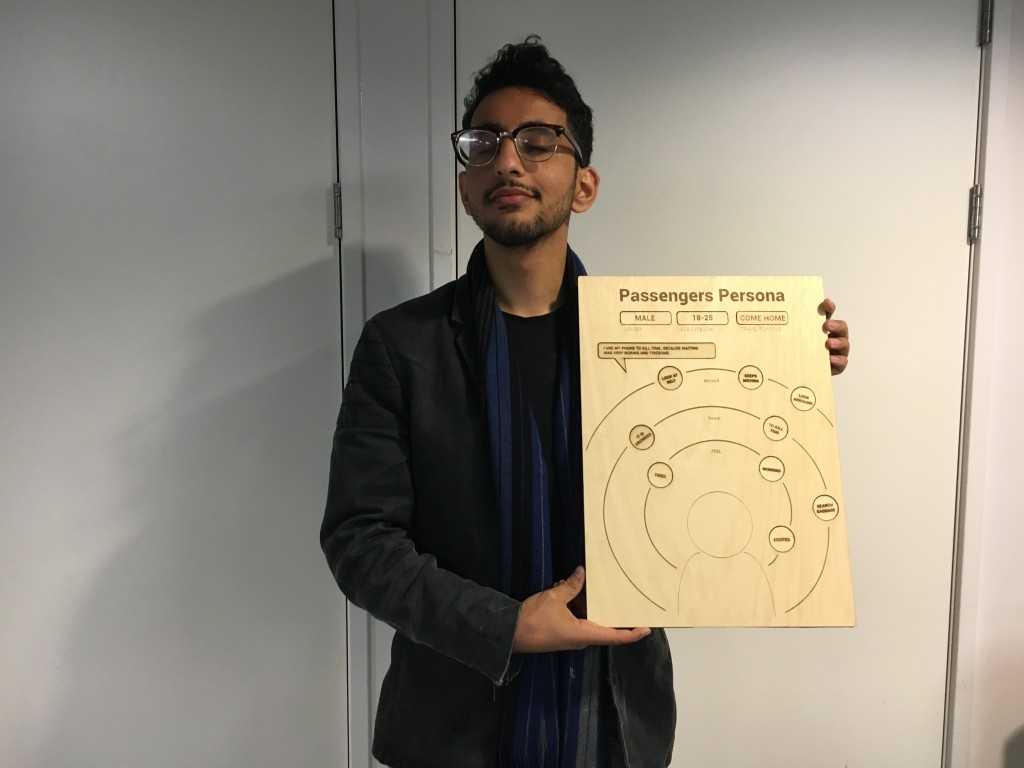Fast forward, play, pause: Iterate
Where are we now? What are the facts we want to drive our concept on and how can we use them so? This was the beginning of the past few weeks. Our goal was to come up with a concept and make something! We started focussing on the core problem and the initial goal of the project which we stated was: Crowding around the belt.
First to design a concept fitting the assigners requirements and make sure we don’t loose sight on important factors, we have made a first draft on design principles acting as a checklist to confront our concepts. After the draft was reviewed by the assigners who had some insights from their point of view we came to a ‘final’ version.
After that we went into fast forward concepting mode, a day long we brainstormed about possible solutions to decrease crowding around the belt and enhance passengers experience. We have used dot voting to eventually compose one concept and for a persona with the persona grid that connects to the concept.
“The concept goal is to help the foreign passengers to step out of the belt surroundings and helps to relieve the worries concerning their bag with an entertaining and valuable waiting experience (planning their next steps, looking forward a positive experience). By anticipating their future journey, they don’t only focus only the baggage belt anymore.”
We do this by guiding the passenger through different touch-points, which will be explained in the concept scenario. The different touchpoints have a different aim to guide the passenger.
Touchpoint 1; Attract attention (Notify the passenger of the service)
Touchpoint 2; Video (Inform the passenger about the service)
Touchpoint 3; iBeacon (Guiding the passenger to the different parts of the service – the pinpoints)
Touchpoint 4; Pinpoints (Provide passenger with information about their next steps, to divide their attention)
However, we realised that the passengers won’t step out of the belt if we don’t relieve their bag worries, appearing as the main passengers pain points. By giving them, the assurance that their baggage is on the process and that they would be notificated when its on the belt, it enables them to de-crowd and do valuable things.
After the translate session we started to think of the feedbacks we had. One of the most valuable insight we had was the fact that the concept we came up with missed a lot of check boxes on our design principles, the main one being the fact that the service should link to the main goal of the passenger which is; grabbing their luggage.
Next we started to make a tangible version of the situation. To know where we could place the service / product, which touchpoints to use and not disturb the other services working in the reclaim area.
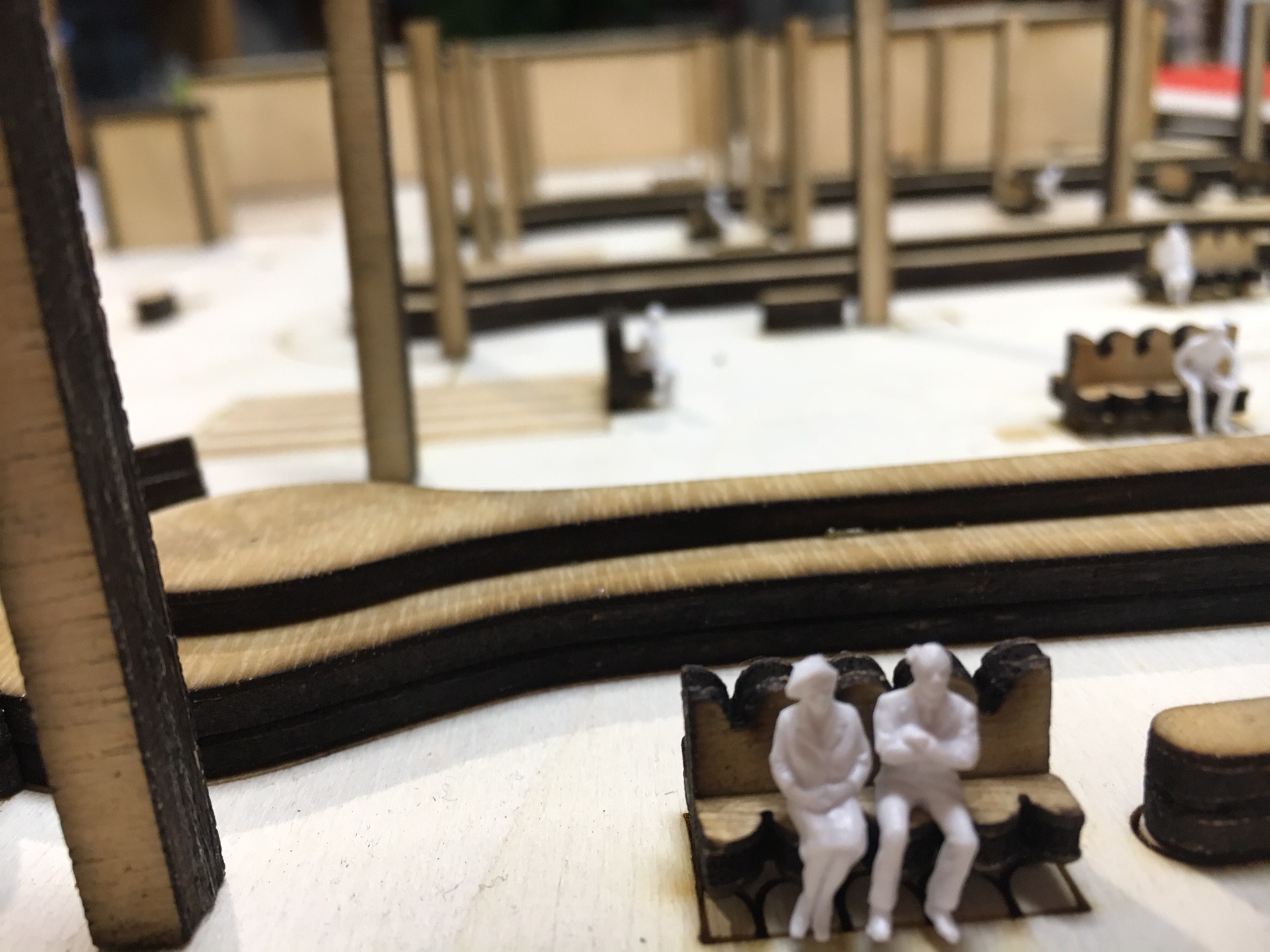
While being in the process of making the model a concept was soon coming to life. Why not anthromorphise the baggage belt? Being the link between the passenger and their baggage, the belt is a transmitter which can send and receive message to/from the passengers. So the passenger is in touch with the process, feels in control of the process and is notified when the process is almost done.
For this we made a quick prototype, since the peer pitch came closer. Fast prototyping to make our ideas visible in a fast way.
As a first touchpoint, we took the Schiphol wifi landing page through which a pop up will lead the user to our web app. By scanning or uploading your travel ticket, the belt bot recognises you and will speak to you personally. Also, scanning the tag will enable the bot to track the passenger baggage and give him notification of his bag process. When the baggage is about to arrive in the reclaim, a notification will be send by the ChatBelt. If your baggage is not there, the chatbelt will facilitate the communication between you and the assistance for lost baggages. 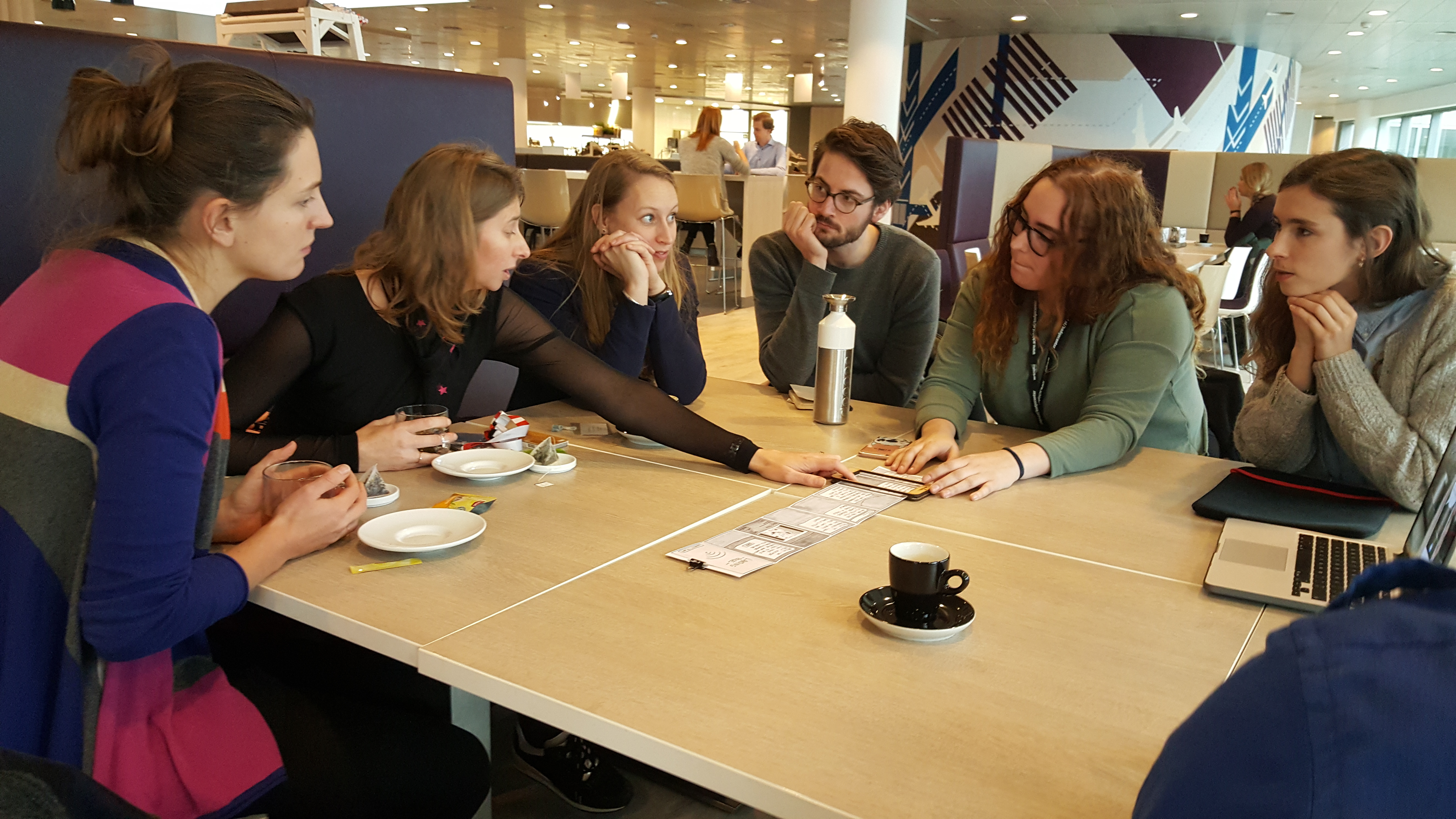
During the review, the concept of turning the belt into a smart chatbot was really appreciated by the assigners. Nevertheless, numbers of technical issues were raised as well as the lack of entertainment in between the notifications. The next step in our concept progress will be to make a clickable prototype taken into account the feedback we have received to make the concept more complete and test it as soon as possible.





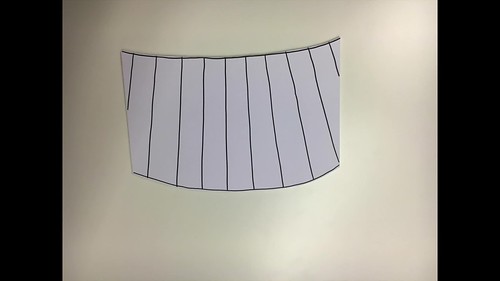
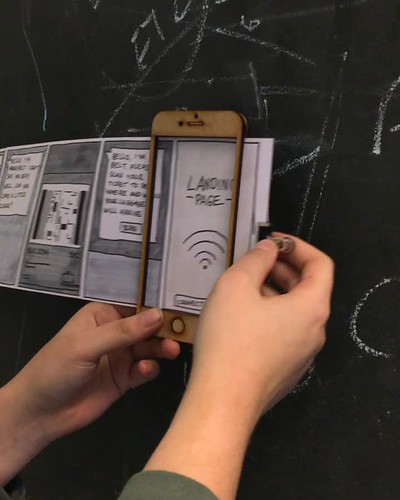
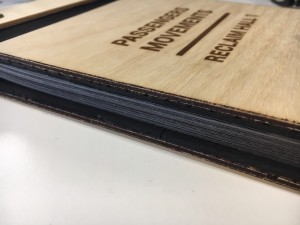
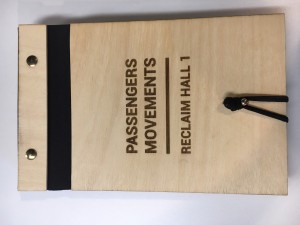
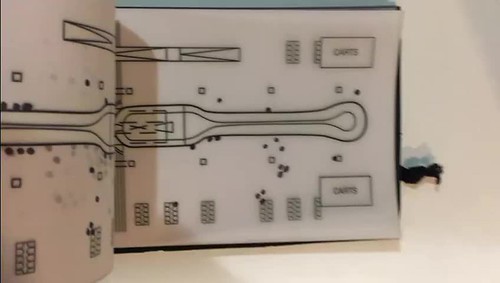
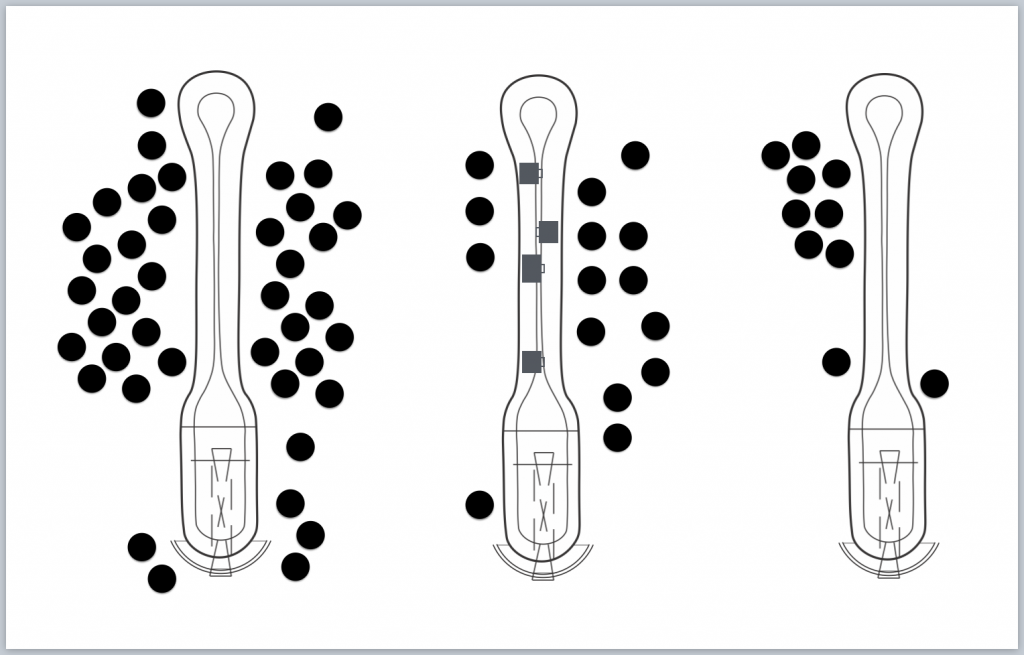 To better understand what lead individual to crowd while waiting and what this automatic behaviour triggers as emotions and feelings, we looked for previous researches on the subject. One of the main findings was that every individual has a field of comfort and a field of influence. The field of influence acts like a magnetic field which attracts individual when their field of comfort overlap. If the field of comfort is independent of the field of influence of another, theres no interaction. And if to much field of comfort overlap, it creates uncomfort and anxiety.
To better understand what lead individual to crowd while waiting and what this automatic behaviour triggers as emotions and feelings, we looked for previous researches on the subject. One of the main findings was that every individual has a field of comfort and a field of influence. The field of influence acts like a magnetic field which attracts individual when their field of comfort overlap. If the field of comfort is independent of the field of influence of another, theres no interaction. And if to much field of comfort overlap, it creates uncomfort and anxiety.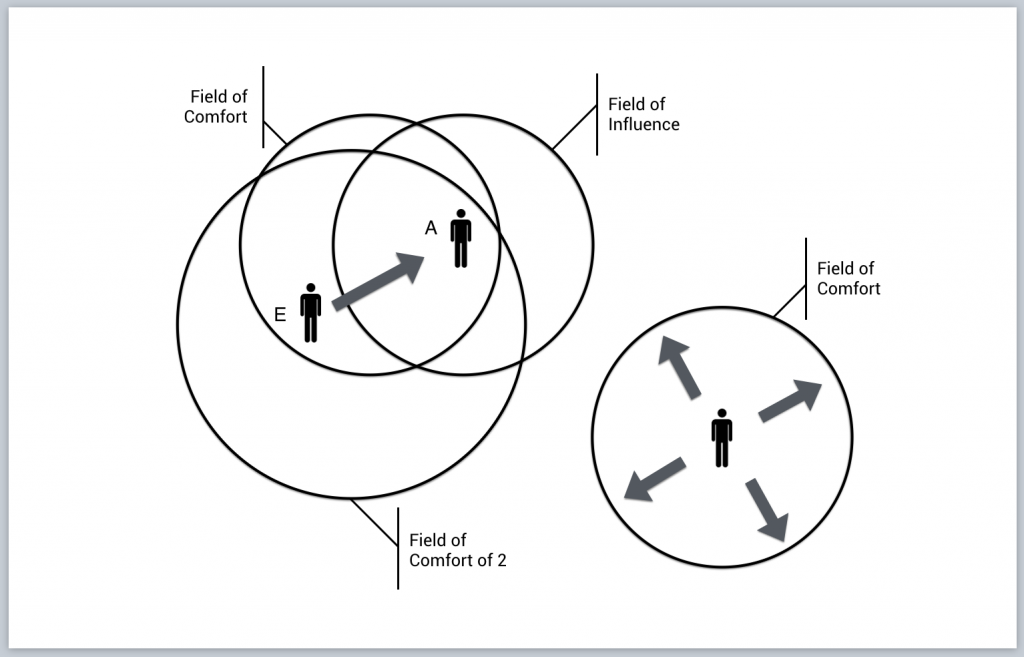 As a result of this literature review, few guidelines were used to conceptualise our design interventions.
As a result of this literature review, few guidelines were used to conceptualise our design interventions.